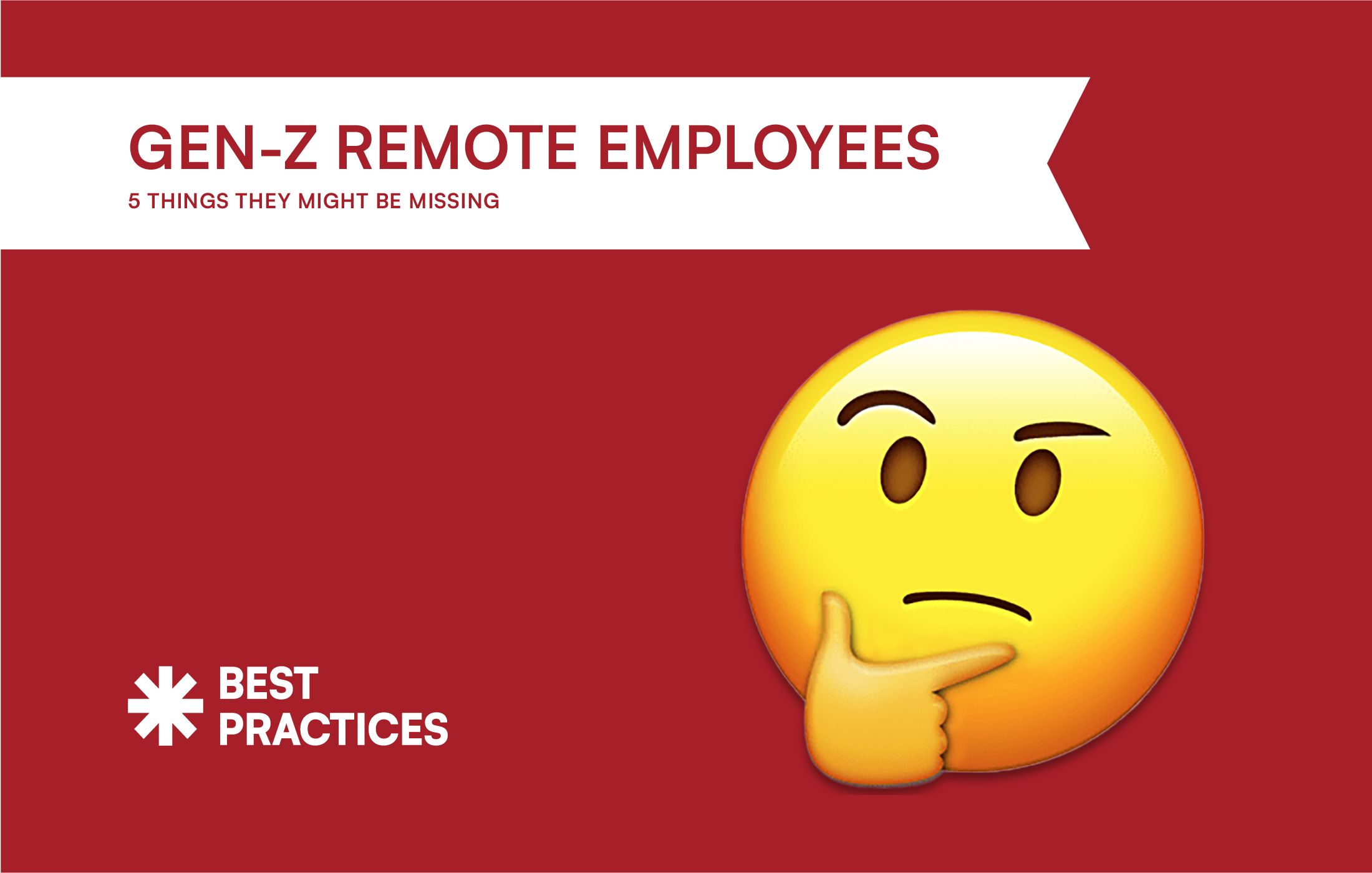Tribe is a full-service shop, providing research, strategic planning, full creative development and production. Our size and structure allow us to be super responsive to clients and to turn projects around quickly.
We're able to create communications that speak authentically to your employees because we start with a proven process to uncover what's unique about your culture, your business and your leadership's vision for success.
About Tribe

































































